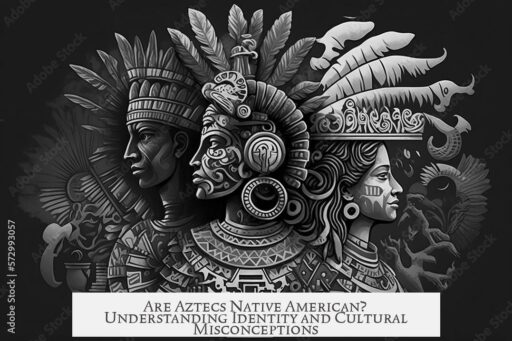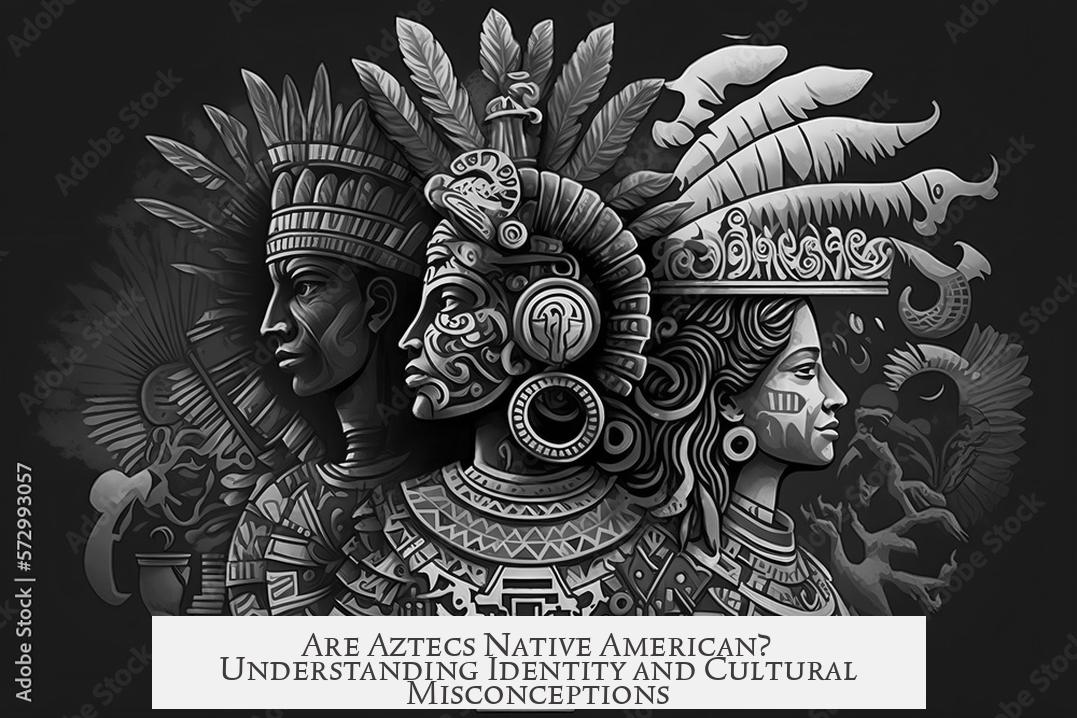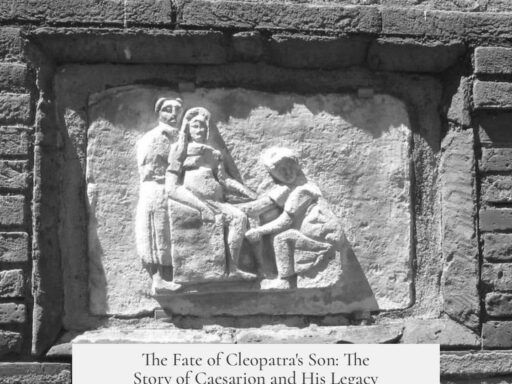The Aztecs are considered Native American because they lived in the Americas before European contact in 1492 and their descendants are part of the indigenous peoples today. This classification aligns with the broader definition of Native Americans as any indigenous peoples originating from the American continents prior to European colonization.
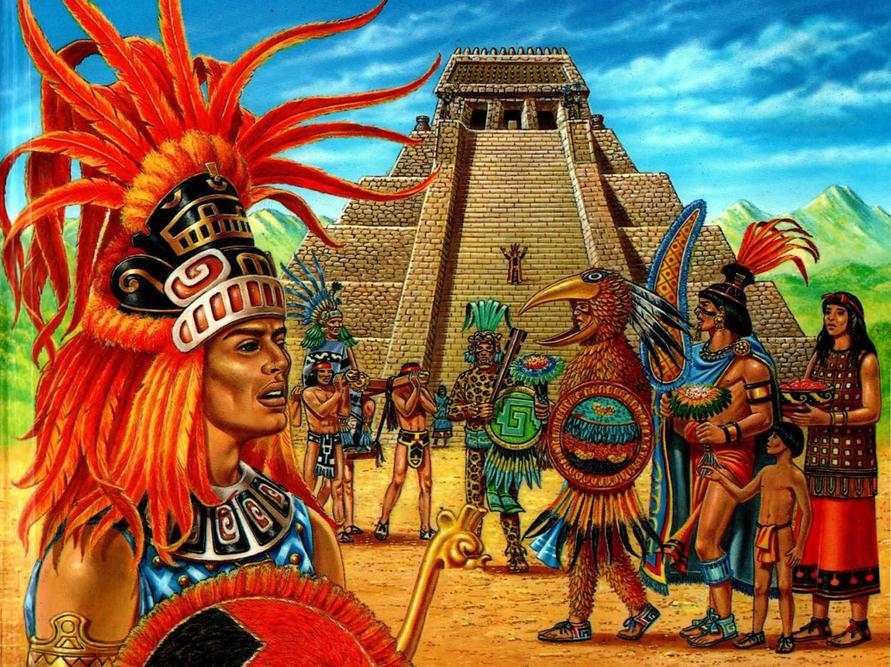
The Aztecs, an advanced Mesoamerican civilization, occupied what is now central Mexico. Their society thrived based on agriculture, complex urban centers, and rich cultural traditions. Unlike the horse-riding Plains tribes often depicted in popular media, the Aztecs developed without horses, which were introduced to the Americas by Europeans only after 1492.
Public perception of Native Americans often focuses on Plains tribes like the Comanche or Apache. These groups are frequently portrayed in films and literature as warriors using horses to raid towns and fight armies. This narrow portrayal can obscure the wide variety of indigenous cultures across the Americas, including agricultural and urban societies like the Aztecs.
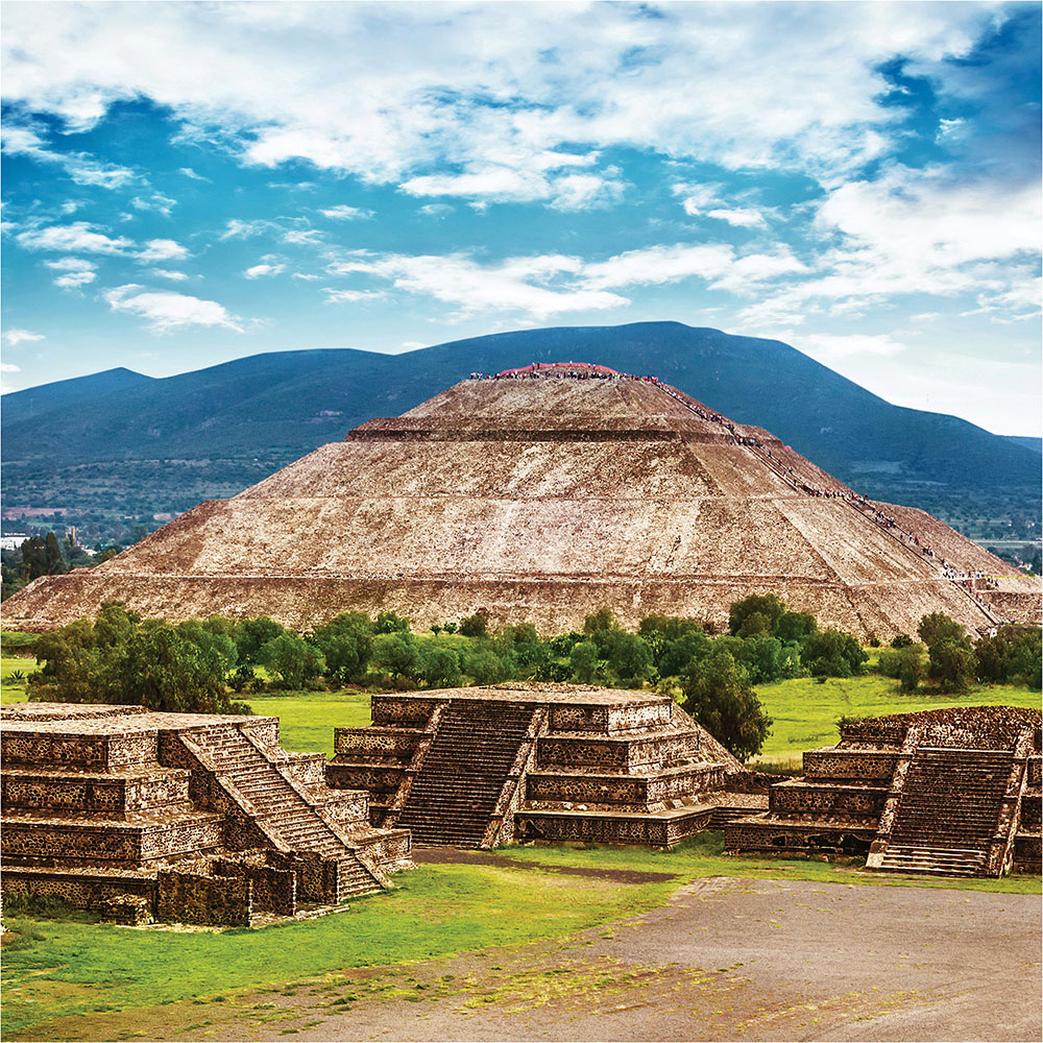
- The Aztecs lived before European contact and fit the criteria for Native American status.
- They cultivated crops such as maize and built cities like Tenochtitlan.
- Horses were absent in Aztec society, as they were introduced only after 1492.
- Media often skews public understanding by emphasizing Plains tribes, ignoring other indigenous cultures.
- Recognizing the Aztecs as Native Americans highlights the diversity within indigenous American populations.
In short, categorizing the Aztecs as Native American reflects historical and cultural facts. Their existence before European arrival and ongoing indigenous lineage meet the standard definition embraced by scholars and indigenous groups alike.
Are Aztecs Considered Native American? A Deep Dive Into Identity and Misconceptions
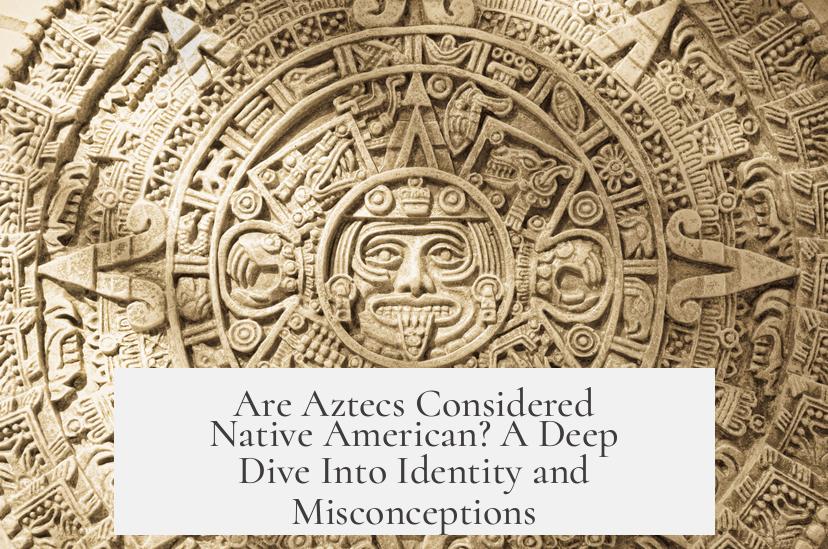
Yes, the Aztecs are considered Native American. This answer might seem straightforward, but unpacking what it truly means reveals a fascinating tapestry of culture, history, and identity.
Let’s break down why the Aztecs *undeniably* fit within the Native American category. Spoiler: it’s not just because they lived in the Americas, but also because their descendants are very much alive today.
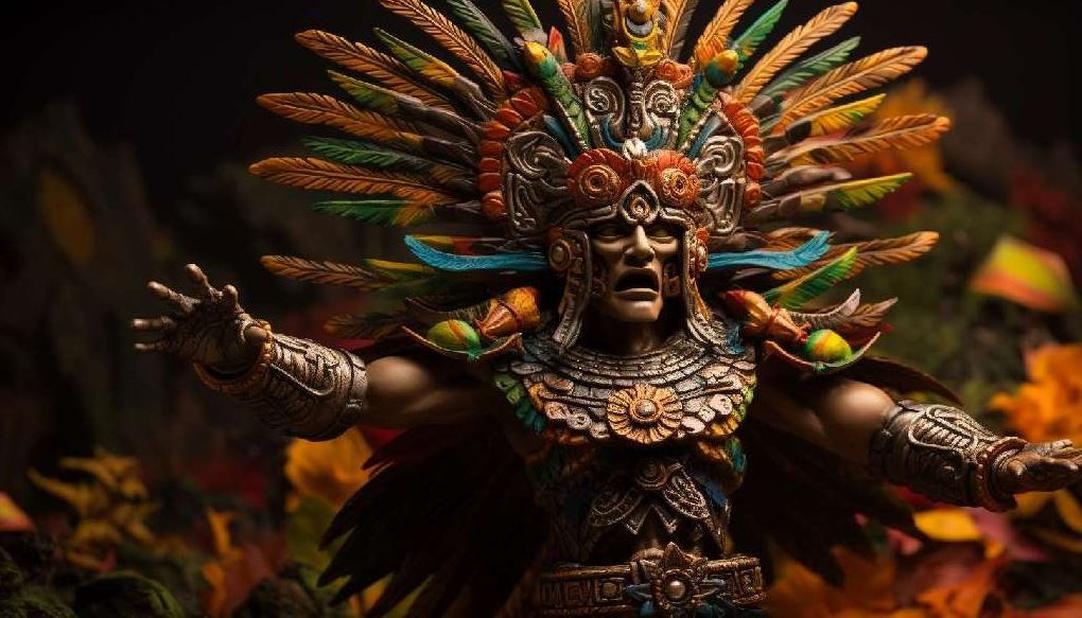
So, What Exactly Does “Native American” Mean?
The term “Native American” typically refers to any peoples who lived in the Americas before 1492—before Europeans landed—and their descendants who survive today. That’s a straightforward definition. It’s not controversial, nor is it complicated. It means the Aztecs—thriving in what is now central Mexico long before Columbus set sail—are very much Native Americans.
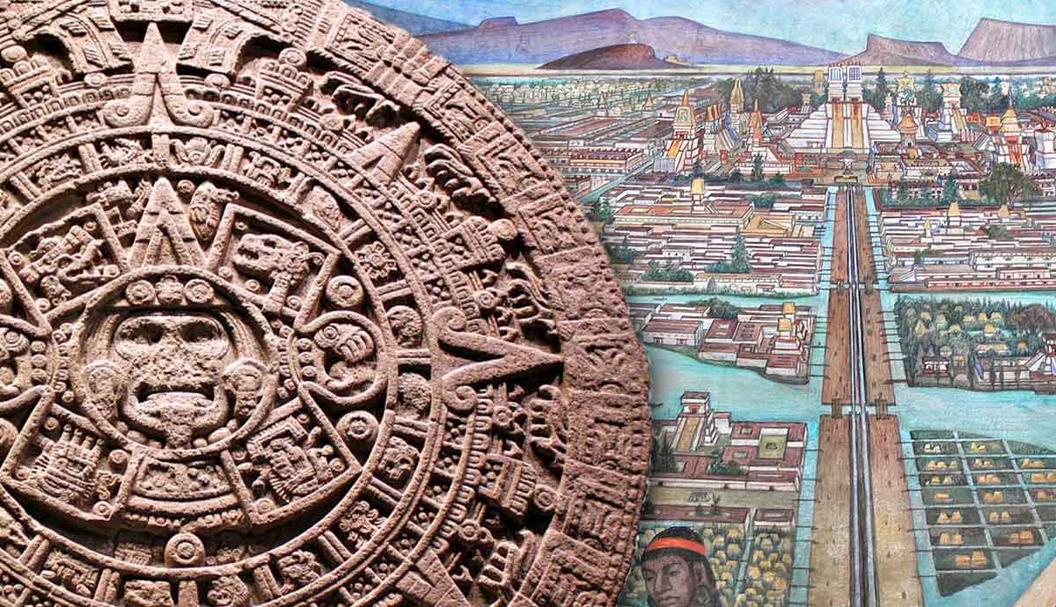
Imagine the Aztecs as citizens of an ancient, vast civilization. Their lives were marked by monumental architectural feats like the Templo Mayor in Tenochtitlan (present-day Mexico City), vast agricultural systems, and a rich pantheon of gods and customs. They predate Columbus, so they squarely meet the defining criterion.
But here’s the kicker: their descendants didn’t vanish or assimilate entirely. Countless indigenous communities in Mexico today trace their roots back to Aztec ancestors. Their culture, language (Nahuatl), and traditions thrive. So, Native Americans aren’t only Plains Indians or those riding horses; the Aztec lineage continues robustly.
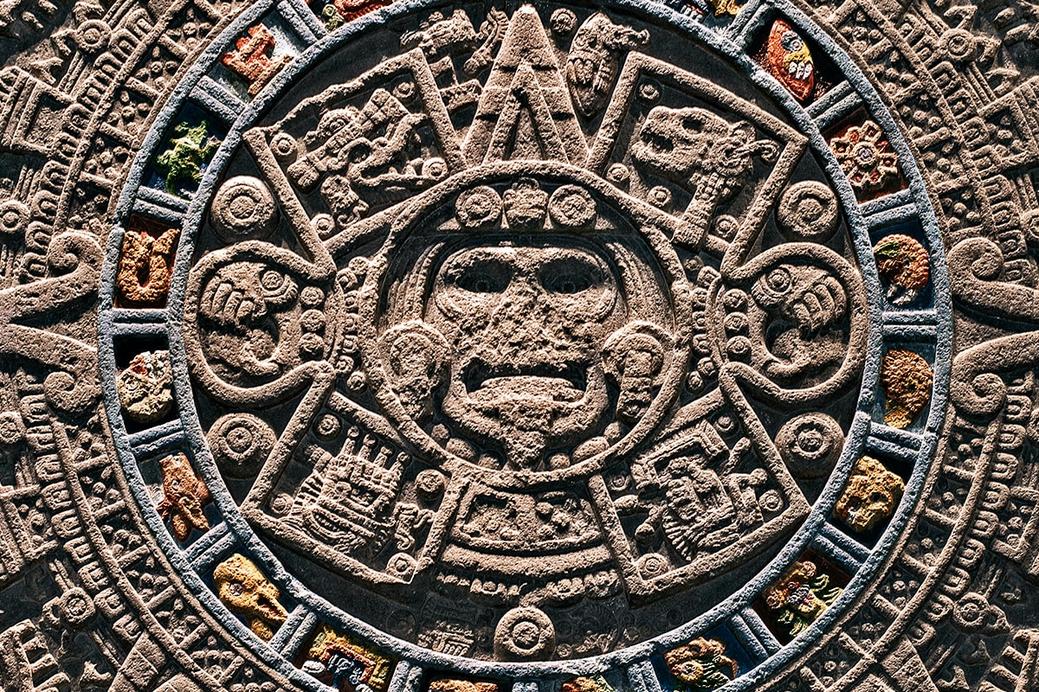
Why Do People Get Confused About This?
Here’s the juicy part: media plays a sneaky role in shaping who we think counts as “Native American.”
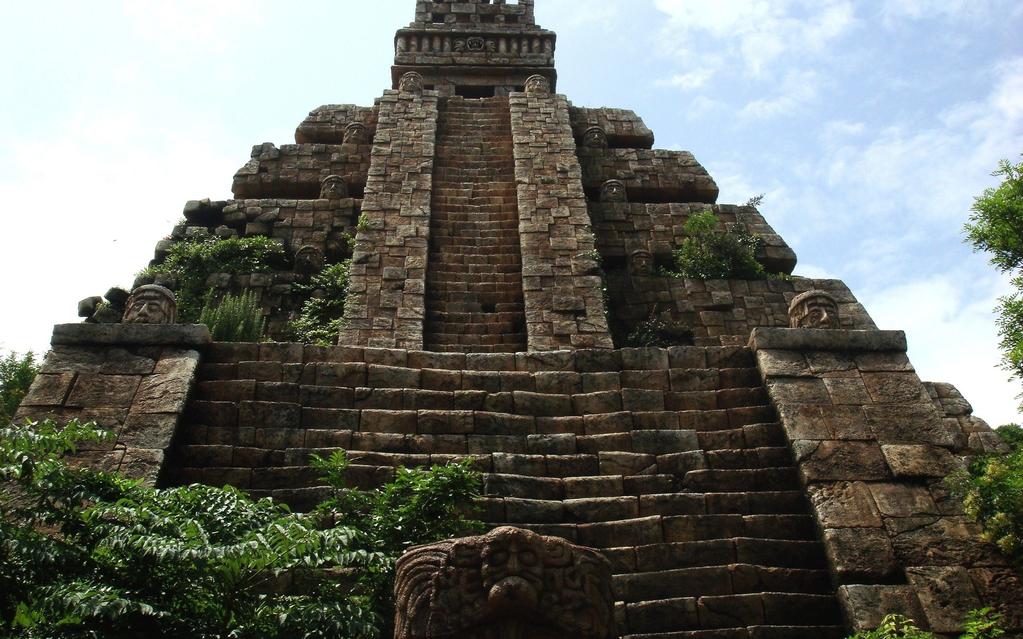
When most people envisage Native Americans, images of horse-riding warriors—like the Comanche or Apache—come to mind. They roam free in Old West movies, fighting the Union army or raiding forts. This stereotype is vivid but narrow. It creates what experts call a “stereotypical representation.”
But this view misses the vast diversity of Native peoples. Many Native Americans never saw a horse before Europeans reintroduced them in the 1500s. The Aztecs, for instance, were agriculturalists without horses. They grew maize, beans, and squash extensively and managed sophisticated urban centers. They were *not* roaming horse warriors but city dwellers with a rich culture.
So why does media focus on Plains Indians with horses? Because the “Wild West” stories sell well. They appeal to drama, conflict, and romance. This sells a simplified story but distorts reality.
Diversity Among Native American Cultures—and Why It Matters
Native Americans are not a monolith. They range from nomadic hunters to complex agricultural networks all over the Americas. Consider this: horses had been extinct in the Americas for thousands of years before Europeans reintroduced them. Many great civilizations, like the Aztecs, flourished without these animals.
This means Native American history spans many lifestyles beyond the Hollywood clichés. These diversities include:
- Hunter-gatherers
- Agricultural societies
- Urban civilizations
- Nomadic peoples
The Aztecs fit squarely into the “agricultural society” and “urban civilization” categories. They had an elaborate social structure, an impressive calendar system, and stunning art and architecture.
Recognizing this diversity helps correct the incomplete picture many have of Native Americans. It invites us *to explore* beyond stereotypes.
Why Should You Care About Correctly Understanding This?
Misunderstandings about Native American identity contribute to cultural erasure. They can diminish the rich histories of peoples like the Aztecs. Acknowledging the Aztecs as Native Americans preserves their rightful place within the broader Indigenous story.
Plus, it honors the living descendants who carry the tradition forward. It supports efforts to protect languages like Nahuatl and honor Indigenous knowledge, history, and rights.
Practical Tips for Respectful Understanding
- Learn the diversity: Don’t settle for the “horse warrior” image. Explore the myriad of Native American cultures across the continent.
- Engage with living communities: Many descendants of Aztecs and other Native Americans share their stories and culture. Listen and learn from them.
- Question media portrayals: Be skeptical about what movies or shows teach you regarding Native Americans.
Final Thoughts
The Aztecs are *absolutely* Native American. Their presence in the Americas before 1492 is undeniable. Their legacy continues today through vibrant communities and living cultures.
Native American identity is broad. It covers many peoples and histories. The Aztecs exemplify the rich agricultural and urban traditions alongside the more frequently portrayed Plains warriors.
So next time someone wonders if Aztecs are Native Americans, confidently say, “Yes, they are,” and maybe suggest a good book or documentary to expand that perspective!
“Understanding the Aztecs as Native Americans highlights the true diversity of Indigenous peoples and the depth of their ongoing cultures.”
